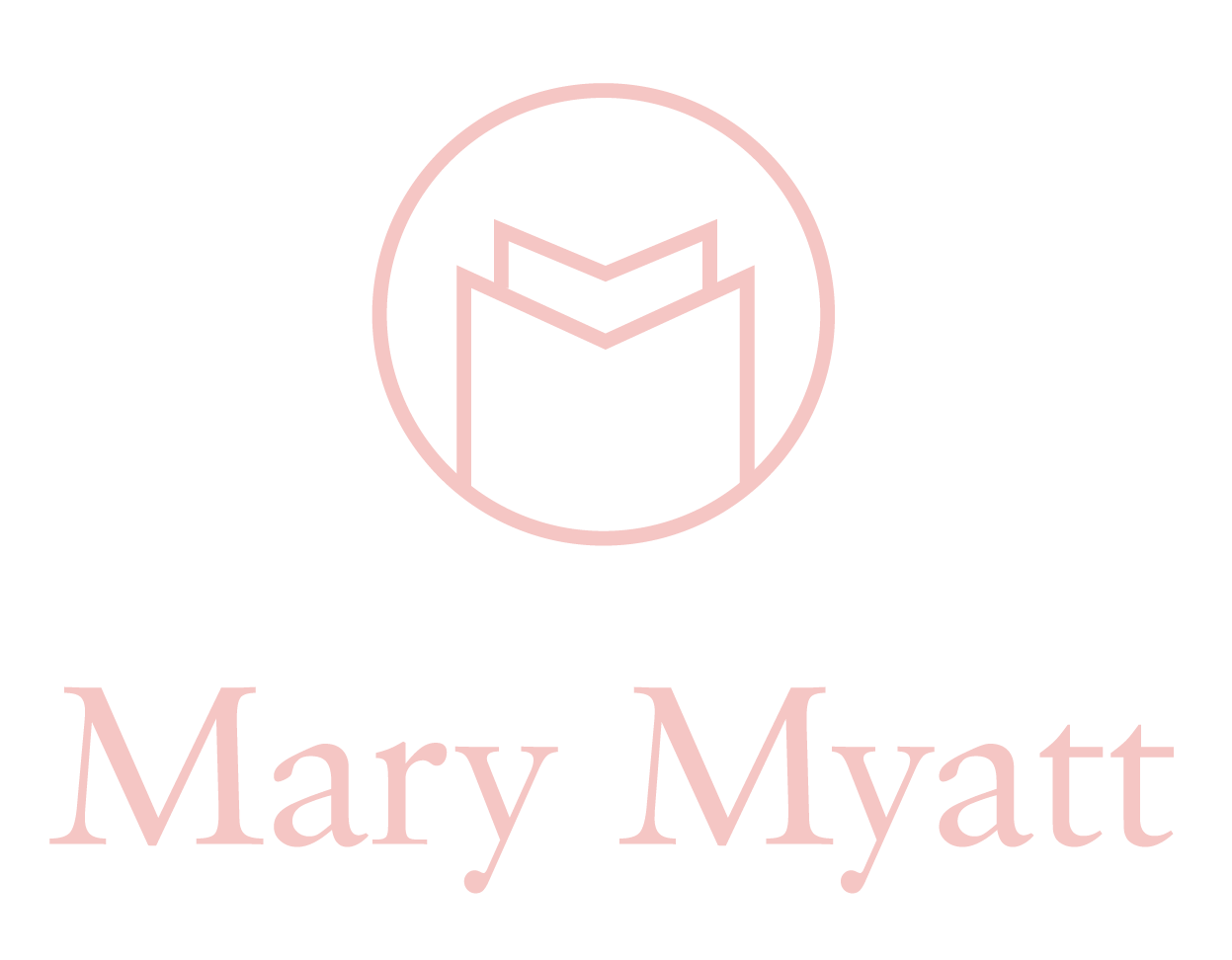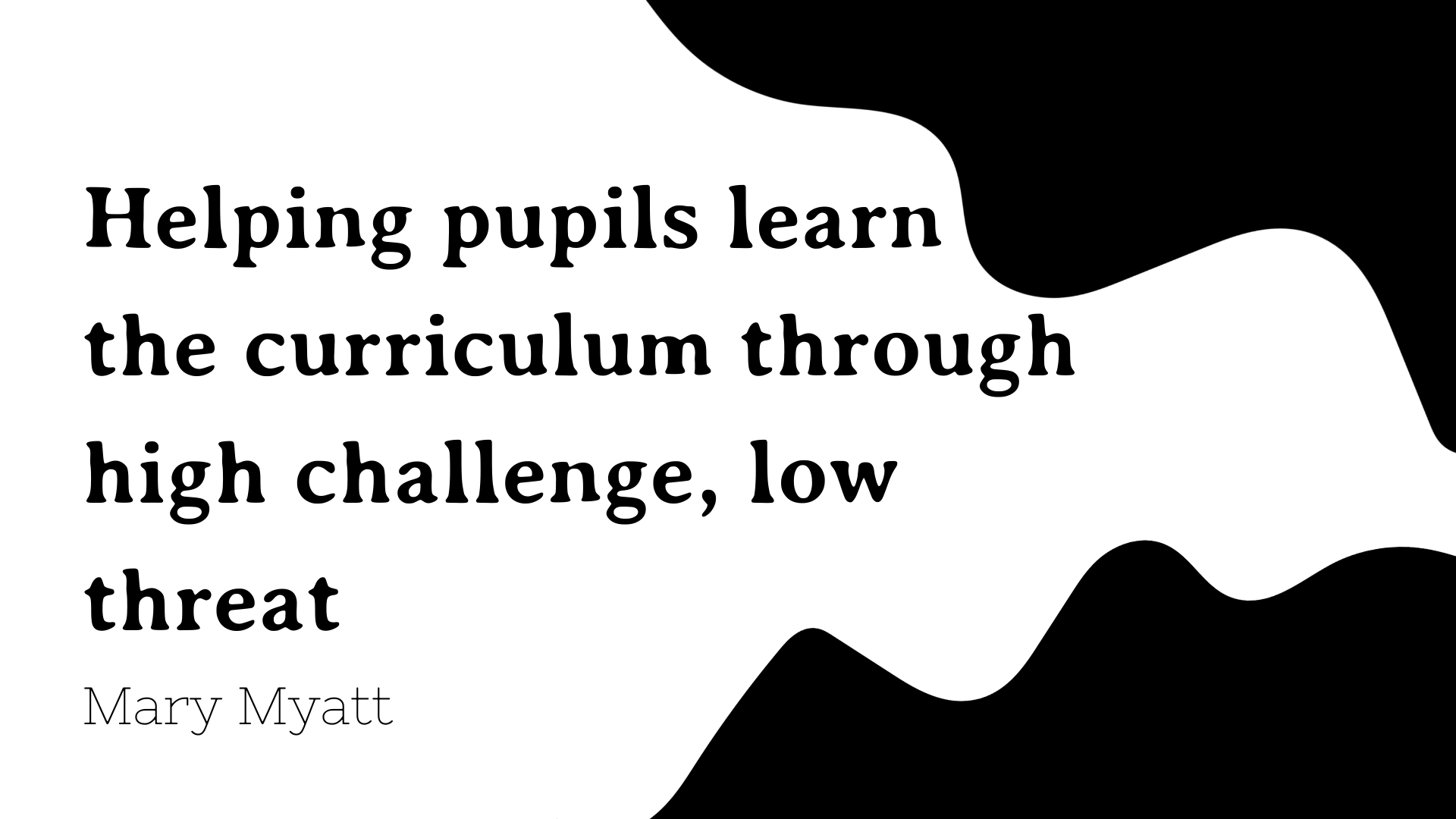Curriculum pace
‘The slow philosophy is not about doing everything in tortoise mode. It's less about the speed and more about investing the right amount of time and attention in the problem so you solve it.’
- Carl Honoré.
‘Curricular materials in high-performing nations focus on fewer topics, but also communicate the expectation that those topics will be taught in a deeper, more profound way...’[1] If we are to do justice to the curriculum, we need to take the right amount of time. The pressure to rush through the material was one of the drawbacks of the previous version - it encouraged speed at the expense of depth, swiftness of coverage over security of that coverage and superficial knowledge at the expense of deep understanding. It is fair to say that the latest curriculum is more demanding and that the orders for English and maths expect children to have mastered aspects from an earlier age than they had previously. However, for all other subjects, apart from history, the content coverage is much less. Somehow, however we have got it into our heads that fast is good and slow is bad.
There was a time when some schools were encouraged to inject more pace into lessons and that was because the thread of the lesson was drifting, and, in some cases, it was sluggish, with too little being expected of pupils. However, most of that has been eradicated and instead speed trumps more thoughtful ways through the curriculum. One way of thinking about this is by considering the curriculum as a banquet. In this analogy, the gifts of the subjects are offered and opened up to children. But because speed is the trump card, they do not have enough time to do more than taste a few elements and if they do swallow some of it, they get indigestion because they are being moved quickly on to the next ‘course’. If we are to honour the curriculum and children’s learning, we need to think of pace differently - pace needs to be appropriate to the learning. There will be times when it is appropriate to move on quickly, but only because it is clear that the children have got it and now need something additional. Mostly, however, things need to slow down. It is simply not possible to work through a curriculum at break-neck speed. All that happens is that the destination is reached, but without any of the necessary equipment or indicators to be able to say whether it had been a successful journey or not.
When pace is privileged over security of content, there is often some confusion between the work and the learning and it goes something like this: well, we have done it, so they should have got it. But between the doing and the being able to say that they have got it, lessons need to slow down so that the curriculum matter can be properly digested. And this can only be done through talk, discussion, making mistakes and addressing misconceptions. Mistakes need to be celebrated as the launchpad for new learning - if all our pupils understand things the first time round then the work is probably too easy. And the demands of the new curriculum, which require greater depth, mean that it is no longer reasonable or realistic to plough on at great speed.
What are we doing when we slow down? We are not talking here about going at a snail’s pace, but at the appropriate pace for deep learning. When we get this right, we are allowing pupils to engage with material - this should be source material wherever possible, either extracts or full texts, according to the ages of the pupils - to go through unfamiliar words, talk about them in context, check for pupils’ understanding of these terms and ask them to make sense of the material.
In fact, in everything we do, we should be getting to the heart of the matter. And it is the appropriate use of pace which allows us to help our pupils to go deeper and learn better. To really take this to heart and put it into practice, it means that we do not take superficial, one-word answers, but expect pupils to explain their reasons, to listen carefully to their responses and to expect other pupils to do so, and ask them whether they agree or not. If we are helping our children to infer as well as to take on board surface details, we need to probe, to check what they are thinking and to see if their peers agree. One way to make this more efficient is to ask the pupils to talk in pairs about what they understand the key points to be. While this is happening, it is possible to wander round the room, listening to what they say. Then, when it is time to bring things together, it is possible to highlight some of the things which have been heard: ‘I noticed that you focused on this, can you tell us why? What do the rest of you think?’ and ‘Over here, I’m not sure that you understood the question correctly. What do you think it means? Do the rest of you agree?’
By slowing down and going deeper, we not only make things more meaningful for children, we are also able to select fewer resources, which we explore in depth, rather than racing through a pile of irrelevant material.
[1] Schmidt, W. & Prawat, R. (2006) ‘Curriculum Coherence and national control of education: issue or non-issue?’ Journal of Curriculum Studies vol38 (no6) pp. 641-658




